RIBA launches new awards – and for the first winners, we look to the Middle East
The RIBA Middle East Award winners are announced today. The first of the organisation's two new territory awards series honours a women-only mosque, a luxury hotel, a city park and more

The 2025 RIBA Middle East Award winners have just been announced, the inaugural honorees in one of the organisation’s two new territory accolades.
The new RIBA awards, launched this year as part of the UK institution's International Awards expansion, focus on two territories – the Middle East and Asia Pacific – freshly added to its prestigious roster. As revealed today (5 November), nine buildings share the 2025 RIBA Middle East Award top spot, while the Asia Pacific winners will follow in a few weeks.
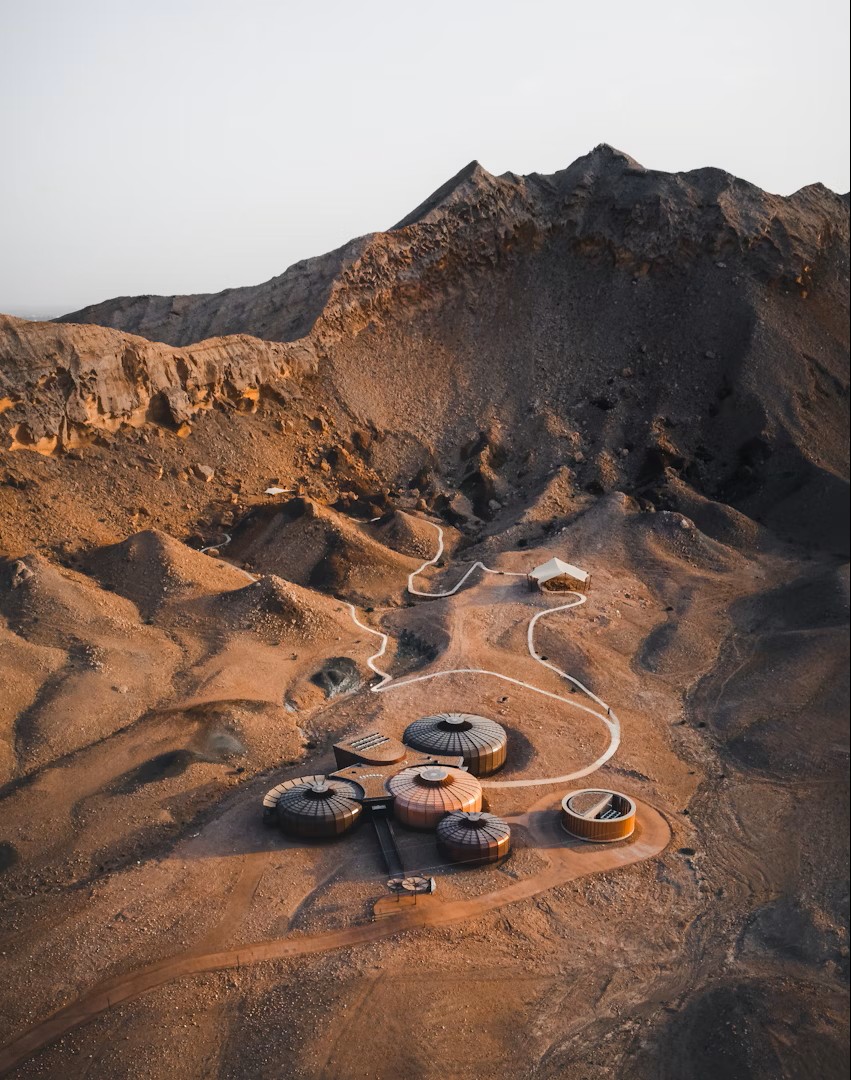
RIBA Member Winner: Buhais Geology Park Interpretive Centre by Hopkins Architects, UAE
The 2025 RIBA Middle East Award winners
These Middle East awards, which will be celebrated at an event on 7 November 2025 during Dubai Design Week, were created to put a spotlight on the region's creativity and pioneering architecture. The winners span from the world’s first purpose-built women-only mosque in Qatar, to the world’s largest city park, in Riyadh. Scroll down for the full list.
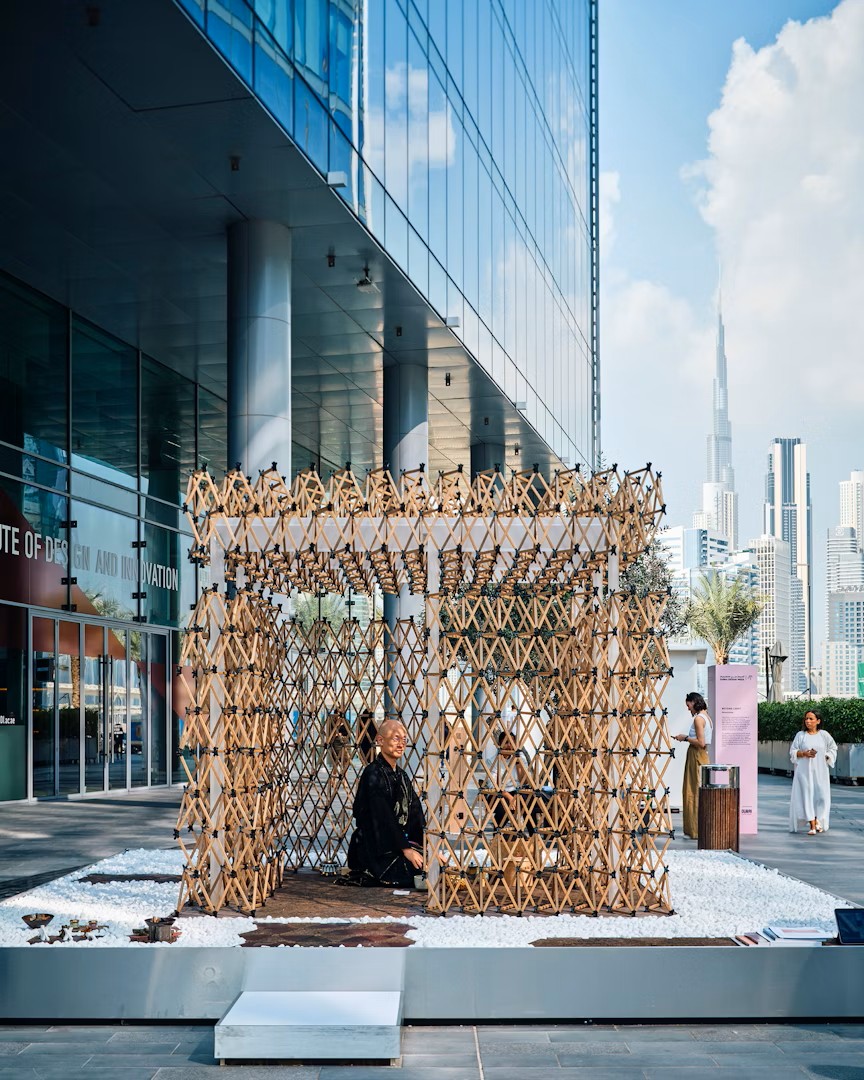
Temporary Architecture Winner: World Food Waste Teahouse Arabi-an by Mitsubishi Jisho Design, UAE
Discover the winners
- Adaptive Reuse Winner: The Serai Wing, Sharjah – Bait Khalid Bin Ibrahim by Anarchitect
- Design for Living Winner: Al Wasl Plaza, Dubai – Adrian Smith + Gordon Gill Architecture
- Future Project Winner: King Salman Park, Riyadh – Gerber Architekten is leading a joint venture with two engineering partners, Buro Happold, and Setec
- RIBA Member Winner: Buhais Geology Park Interpretive Centre, Al-Madam Plan – Hopkins Architects
- RIBA Member Winner: Expo 2020 Thematic Districts, Dubai –Hopkins Architects
- Social Architecture Winner: Al-Mujadilah Center and Mosque for Women, Doha – conceived by Her Highness, Sheikha Moza bint Nasser, designed by Diller Scofidio + Renfro
- Sustainability & Resilience Winner: Jafar Centre, Dubai College, Dubai – Godwin Austen Johnson
- Temporary Architecture Winner: Singapore Pavilion, World Expo 2020, Dubai – WOHA
- Temporary Architecture Winner: World Food Waste Teahouse: Arabi-an, Dubai – Mitsubishi Jisho Design
RIBA's new awards: an explainer with president Chris Williamson
We caught up with RIBA president Chris Williamson to discuss the institution's new territory awards – their significance, the RIBA International Awards expansion, and how to submit.
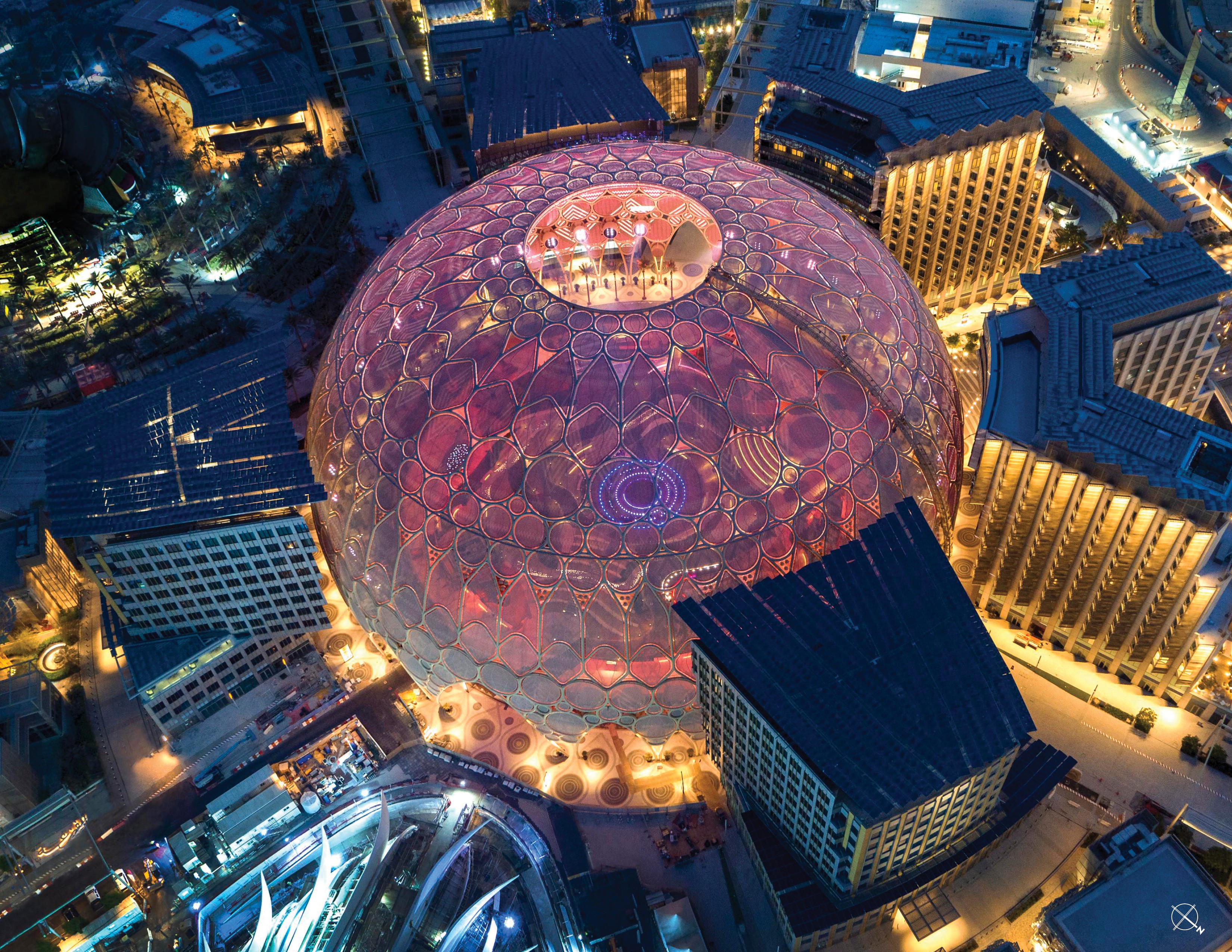
Design for Living Winner: Al Wasl Plaza by Adrian Smith + Gordon Gill Architecture, UAE
Wallpaper*: Why establish The Asia Pacific Award and the Middle East Award?
Chris Williamson: The establishment of these awards marks an exciting new chapter for RIBA’s international engagement. Both the Asia Pacific and the Middle East are regions of extraordinary architectural ambition and diversity, where innovation, heritage and rapid transformation coexist. Launching these regional awards is part of RIBA’s mandate to celebrate design excellence wherever it is found and to be a supportive platform to projects that address pressing global challenges in their local contexts.
These awards are the first phase of our expanded international awards programme, recognising the architectural creativity shaping two of the most dynamic parts of the world today. They create new pathways for projects to gain global recognition and contribute to RIBA’s long-term aim of connecting architects across regions through shared learning, sustainability, and cultural exchange.
Receive our daily digest of inspiration, escapism and design stories from around the world direct to your inbox.
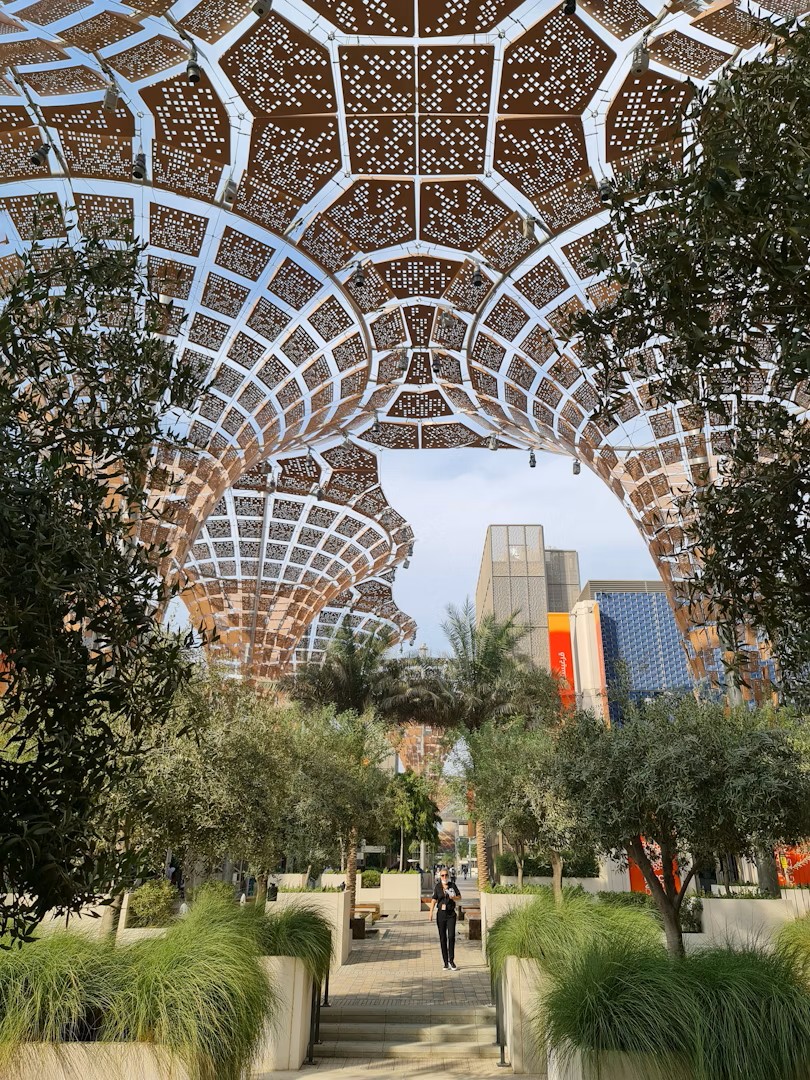
RIBA Member Winner: Expo 2020 Thematic Districts by Hopkins Architects, UAE
W*: What were you hoping to see in the submissions and shortlists?
CW: This year’s process was led by our Middle East and Asia Pacific Award jury panels, whose collective expertise and regional insight have been invaluable in shaping the results.
We hoped to see work that truly reflects the spirit of its place and understands its cultural, climatic and social context while pushing the boundaries of architecture. Both the Asia Pacific and Middle East shortlists deliver exactly that.
They demonstrate how architecture is addressing universal challenges, climate change, urbanisation, and social inclusion, through intelligent and contextually attuned design. What stands out is how architects are drawing on tradition, technology and local materials to create spaces that not only respond to their environments but actively enrich them.

Sustainability & Resilience Winner: Jafar Centre, Dubai College, by Godwin Austen Johnson, UAE
W*: Are there specific highlights and innovations that you would flag as exceptional from the two shortlists?
CW: The juries’ assessments revealed rich and diverse forms of innovation across both regions. In the Middle East, [winning] projects such as the Al-Mujadilah Center and Mosque for Women in Qatar were recognised for advancing new social models through architecture, spaces that integrate spiritual, educational and communal functions in ways that reflect contemporary shifts in society. The King Salman Park masterplan in Riyadh was also commended for its scale and ecological ambition, transforming the city’s public realm and setting new benchmarks for urban sustainability.
In the Asia Pacific [shortlist], the jury identified a distinct movement toward socially and environmentally responsive design. BRAC University in Dhaka exemplifies this with its flood-resilient, low-energy campus that connects learning with nature and community. The Shenzhen Energy Ring reimagines industrial infrastructure as public architecture, turning a waste-to-energy facility into an expressive civic landmark.
As observed by the jury, these projects reflect a regional shift toward architecture that is both technologically advanced and deeply responsible to people and place.
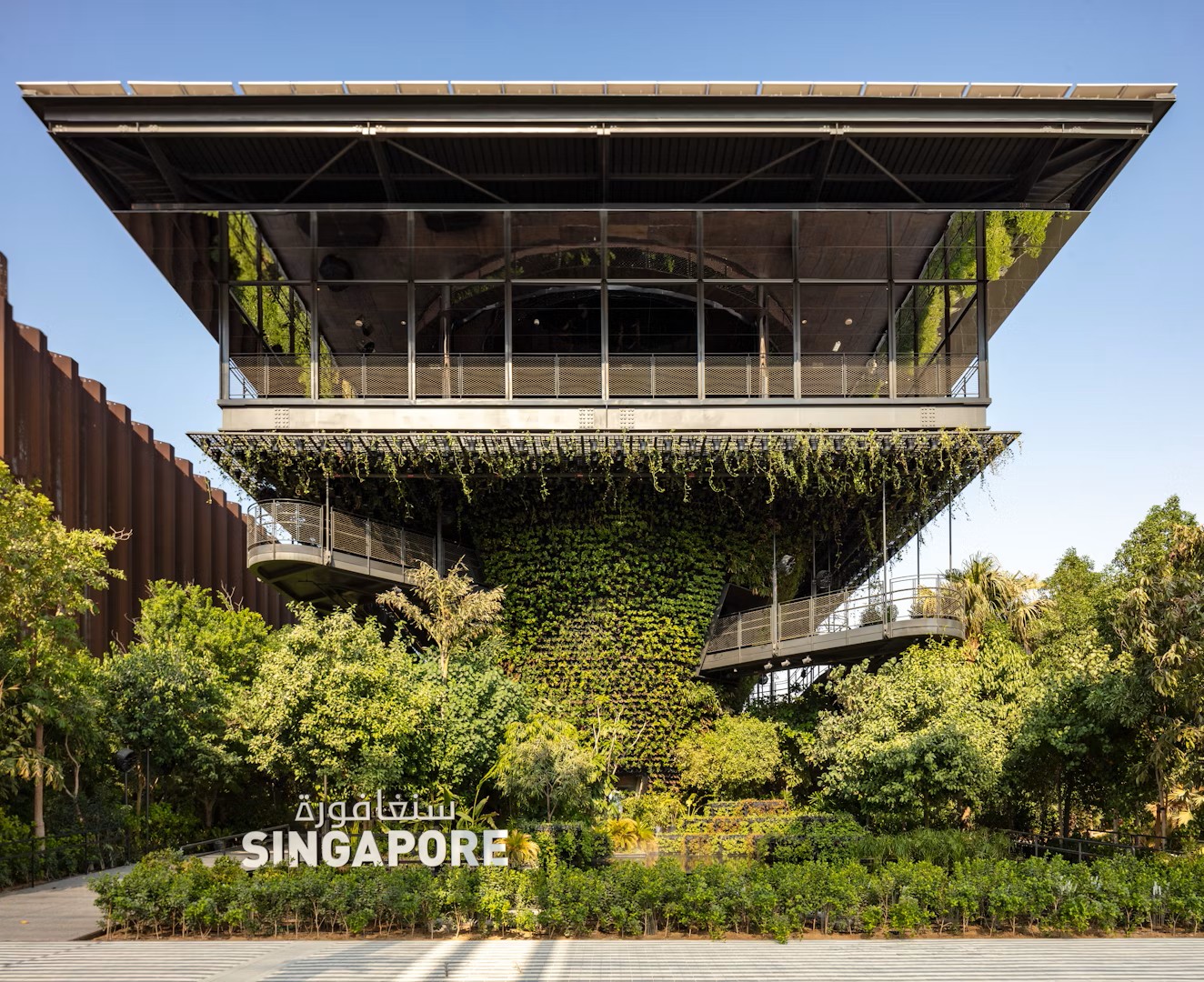
Temporary Architecture Winner: Singapore Pavilion, World Expo 2020 by WOHA, UAE
W*: What does the foundation of these two new awards mean for the other RIBA awards’ categories, such as the International Awards, for instance? How do the new honours sit within the RIBA awards cycle?
CW: These new regional awards represent an evolution of RIBA’s International Awards. They strengthen the entire awards ecosystem by providing a more localised and inclusive structure for recognising excellence.
All built projects from the Asia Pacific and Middle East Awards will be eligible to progress towards the RIBA International Prize in 2026, the world’s most eminent prize for architecture.
This creates a more layered, global awards journey, recognising regional talent first before elevating the very best projects to an international stage. It adds depth, context and diversity to the International Awards cycle, ensuring that significant architecture from every region is celebrated, understood and showcased worldwide.
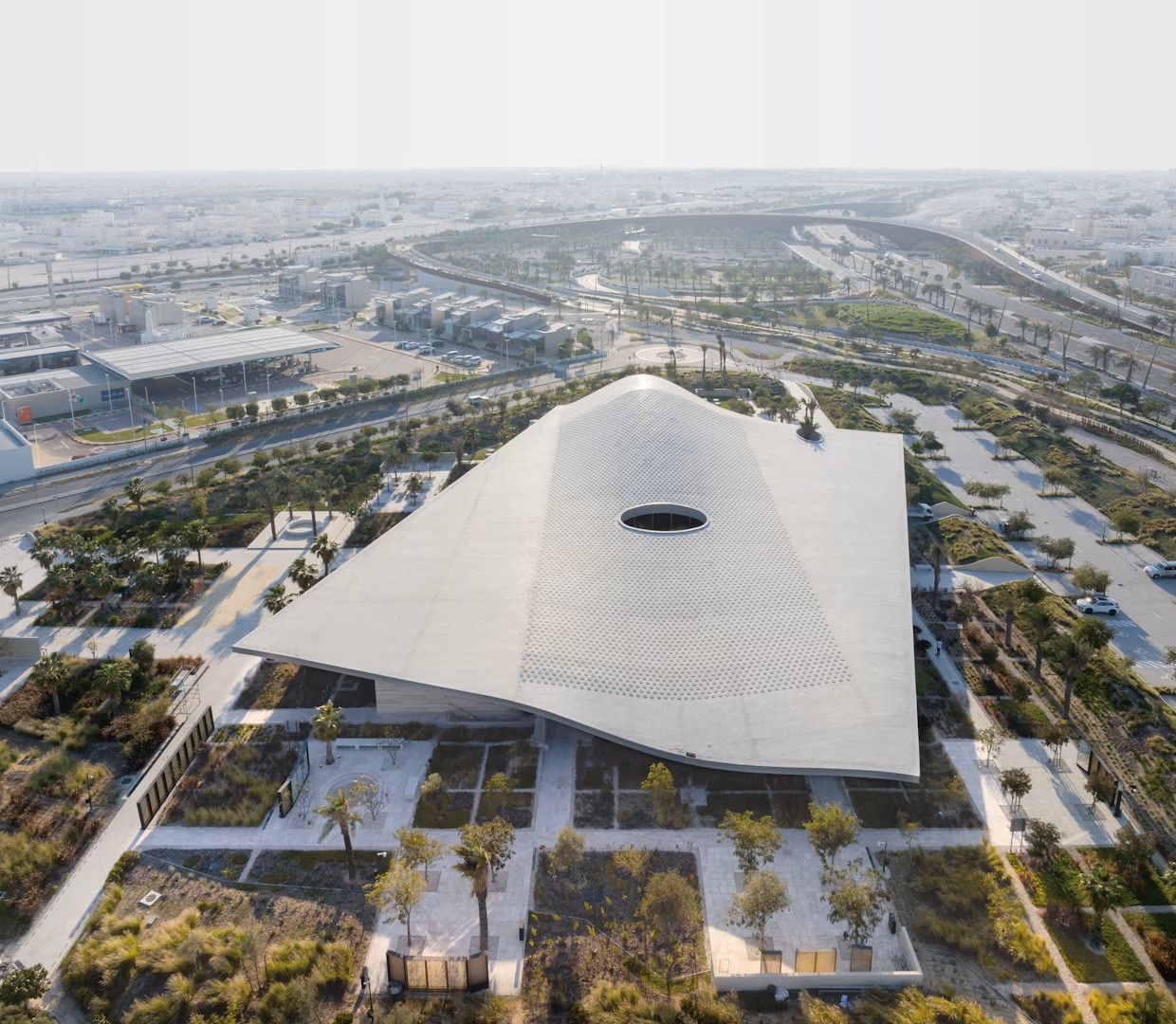
Social Architecture Winner: Al-Mujadilah Center and Mosque for Women, Conceived by Her Highness, Sheikha Moza bint Nasser, Chairperson of Qatar Foundation, Designed by Diller Scofidio + Renfro, Qatar
W*: How are the new awards judged, and what do architects need to submit?
CW: The prestige of the RIBA Awards rests on the rigour and integrity of the judging process. Every built project, regardless of size or style, is visited and analysed by an architect with extensive knowledge of the specific region, ensuring that our awards are grounded in first-hand assessment.
The new regional awards follow the same principles. Each jury comprises award-winning architects with deep experience working in the respective regions, capable of evaluating projects within their cultural, climatic and economic contexts.
For this cycle, architects were asked to submit projects they’ve completed between 2020 and 2024 and provide supporting sustainability data. Entries span up to ten categories, from Adaptive Reuse and Social Architecture to AI-powered Design and Sustainability & Resilience.
Ultimately, we assess design excellence in its broadest sense: how a project meets its brief, serves its community, responds to climate, and contributes positively to its environment and future generations.
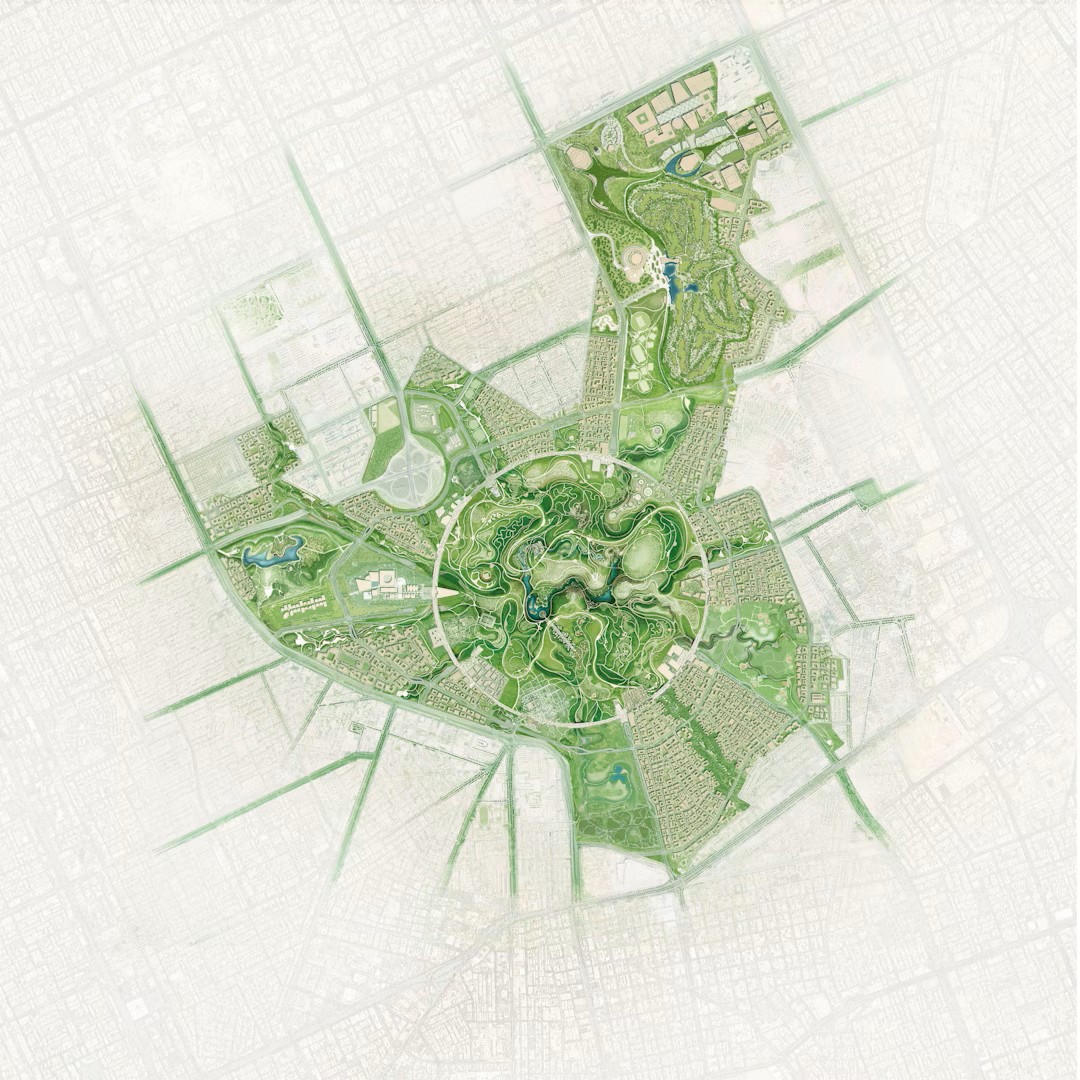
Future Project Winner: King Salman Park by Gerber Architekten, Buro Happold and Setec, Saudi Arabia
Ellie Stathaki is the Architecture & Environment Director at Wallpaper*. She trained as an architect at the Aristotle University of Thessaloniki in Greece and studied architectural history at the Bartlett in London. Now an established journalist, she has been a member of the Wallpaper* team since 2006, visiting buildings across the globe and interviewing leading architects such as Tadao Ando and Rem Koolhaas. Ellie has also taken part in judging panels, moderated events, curated shows and contributed in books, such as The Contemporary House (Thames & Hudson, 2018), Glenn Sestig Architecture Diary (2020) and House London (2022).
-
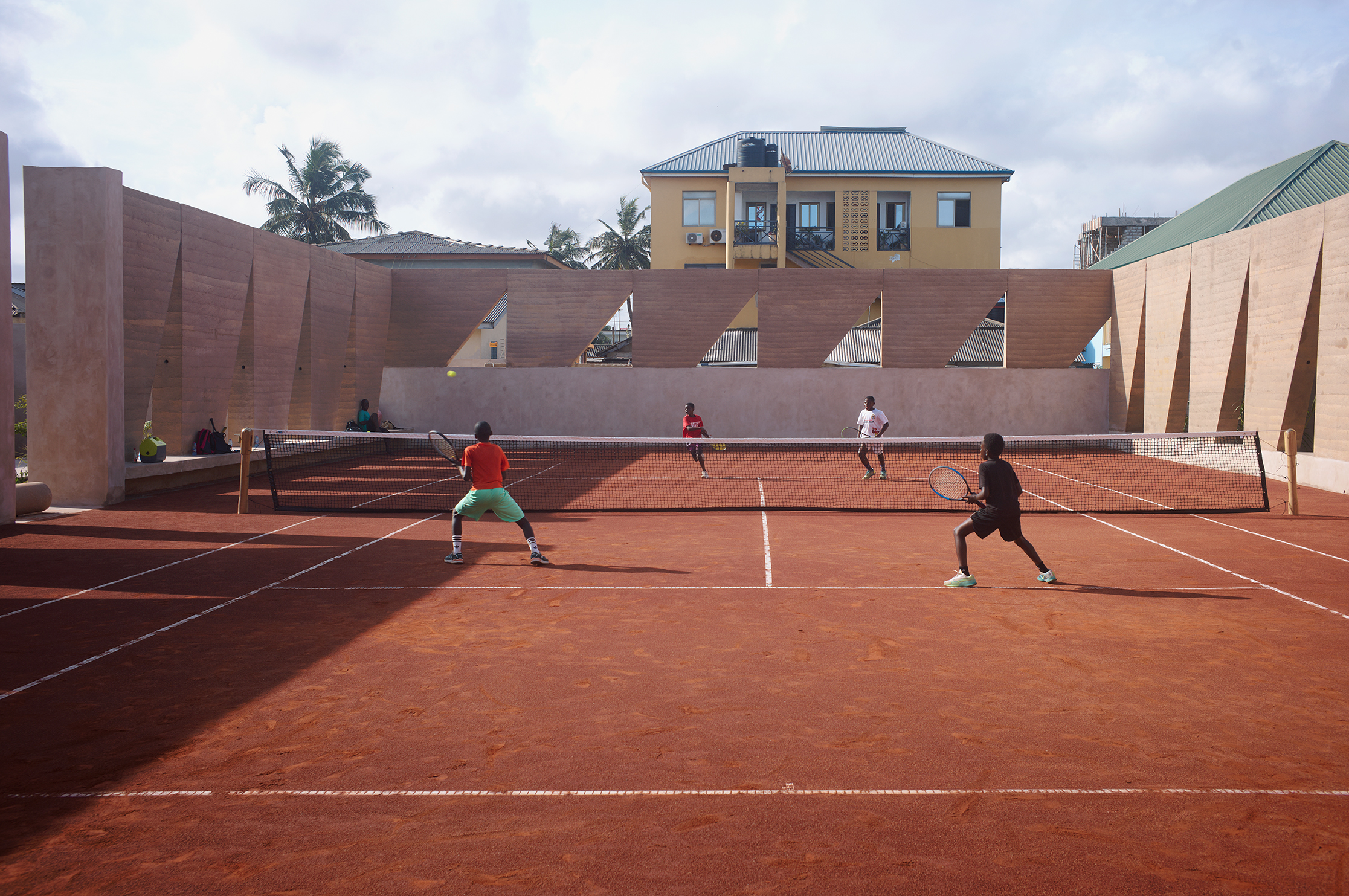 Backyard Community Club is Accra’s newest tennis court, and the architects played an ace
Backyard Community Club is Accra’s newest tennis court, and the architects played an aceCreated by DeRoche Projects, Backyard Community Club is a brand-new tennis court and a valuable, sustainable, public recreational facility in Ghana’s capital
-
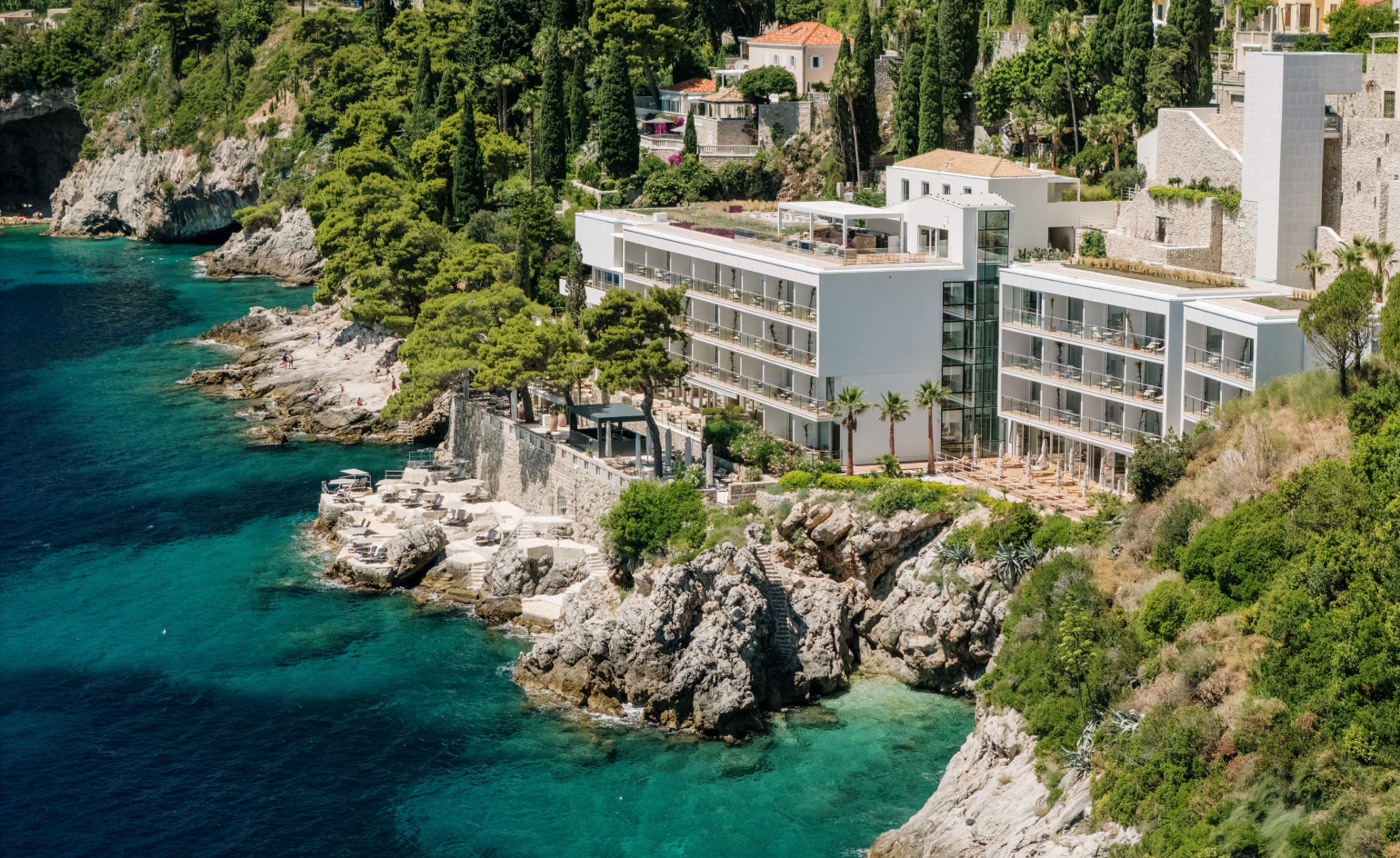 Arthur Casas reimagines Villa Dubrovnik as a modern Adriatic retreat
Arthur Casas reimagines Villa Dubrovnik as a modern Adriatic retreatThe Brazilian architect brings poetic restraint and light to Croatia’s most elegant coastal hotel
-
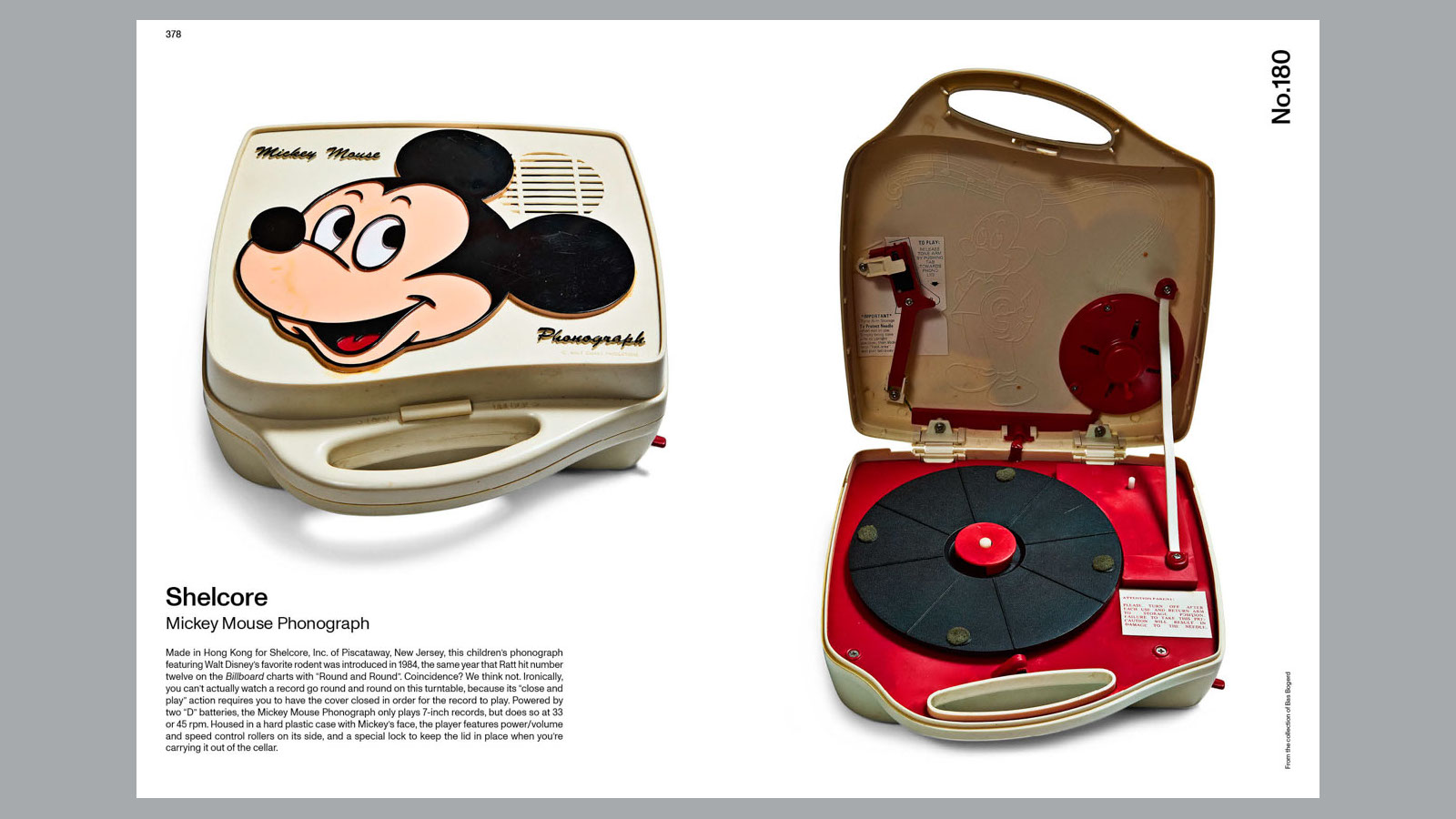 14 of the best new books for music buffs
14 of the best new books for music buffsFrom music-making tech to NME cover stars, portable turntables and the story behind industry legends – new books about the culture and craft of recorded sound
-
 RIBA Stirling Prize 2025 winner is ‘a radical reimagining of later living’
RIBA Stirling Prize 2025 winner is ‘a radical reimagining of later living’Appleby Blue Almshouse wins the RIBA Stirling Prize 2025, crowning the social housing complex for over-65s by Witherford Watson Mann Architects, the best building of the year
-
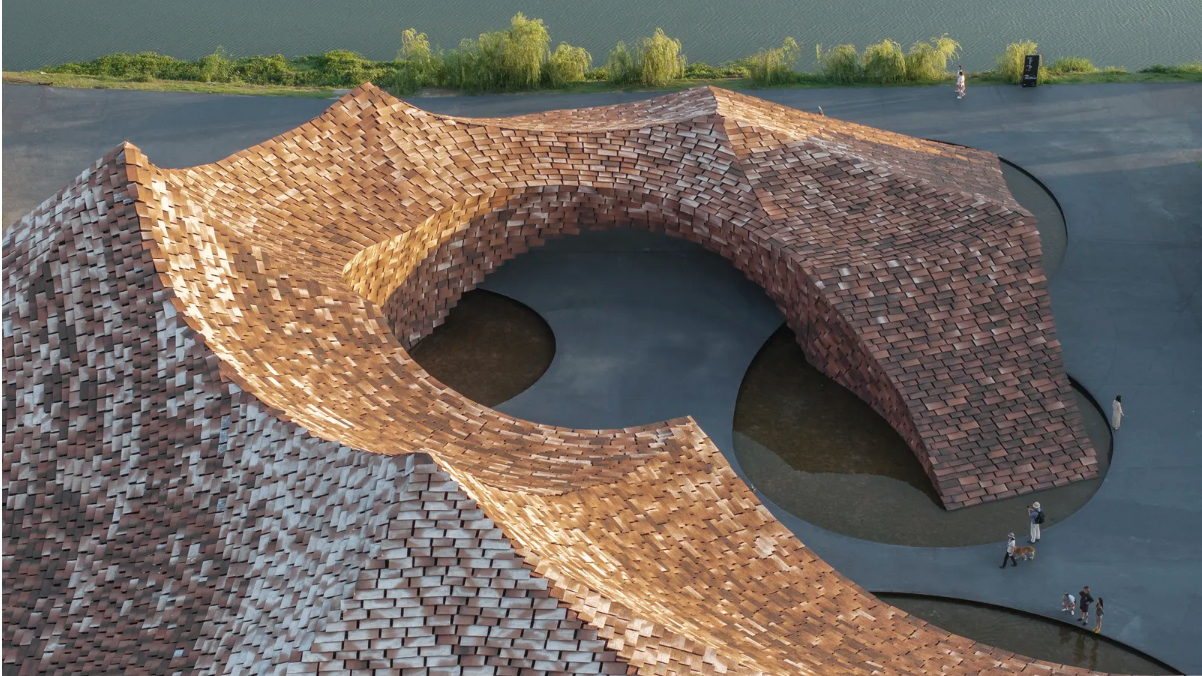 Are these the best brick and ceramic buildings in the world?
Are these the best brick and ceramic buildings in the world?The biannual Brick Award is back. Discover the shortlist of innovative buildings across the world, designed by architects thinking outside the box
-
 Oystra is ZHA’s sculptural vision for living in the United Arab Emirates
Oystra is ZHA’s sculptural vision for living in the United Arab EmiratesMeet the team translating ZHA’s bold concept for the new development into ‘a community elevated by architecture’ – Dewan Architects + Engineers and developer Richmind
-
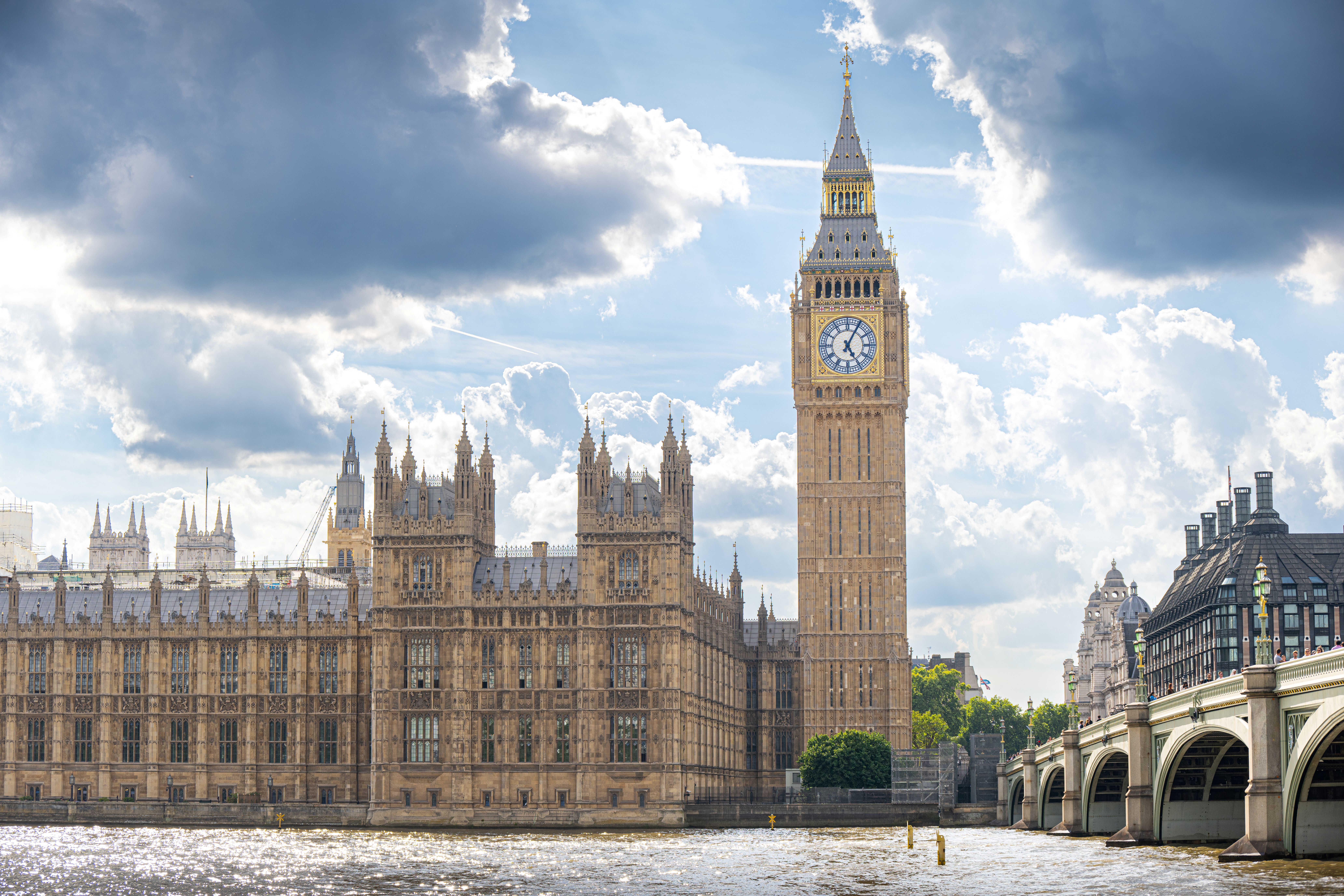 The wait is over – the RIBA Stirling Prize 2025 shortlist is here
The wait is over – the RIBA Stirling Prize 2025 shortlist is hereThe restored home of Big Ben, creative housing for different needs, and a centre for medical innovation – the RIBA Stirling Prize 2025 shortlist has just been announced, and its six entries are as diverse as they can be
-
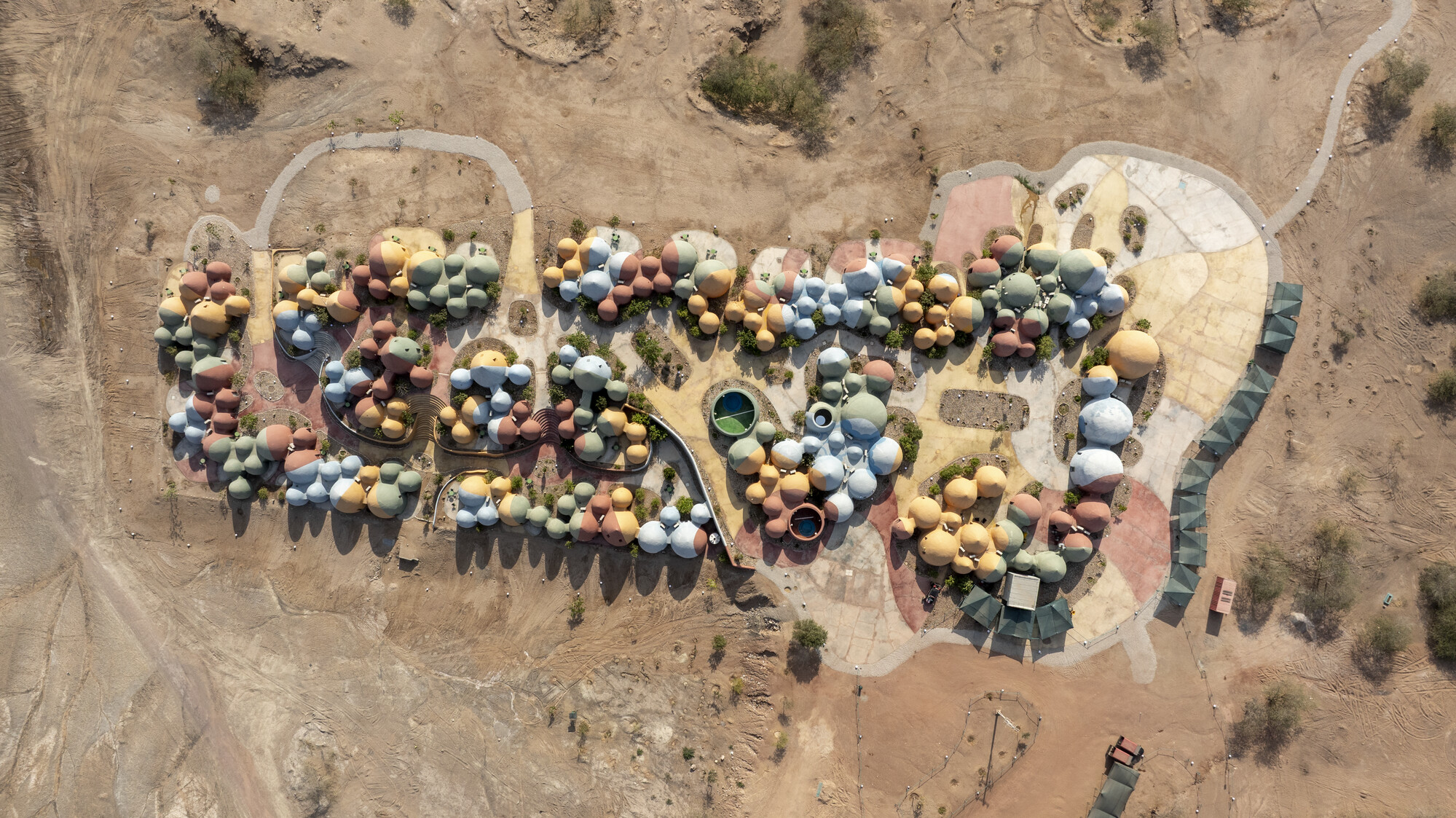 Colourful, impactful, bold: meet the Aga Khan Award for Architecture 2025 winners
Colourful, impactful, bold: meet the Aga Khan Award for Architecture 2025 winnersFrom resilient flood-proof homes in Bangladesh to a bold creative hub in Palestine, the seven winners of the Aga Khan Award for Architecture 2025 reimagine how buildings can foster community, resilience and cultural dialogue across Asia and Africa
-
 Will this be the world’s largest airport? Construction begins on King Salman International Airport, open by 2030
Will this be the world’s largest airport? Construction begins on King Salman International Airport, open by 2030Foster + Partners starts construction on its latest project, the expansion of an airport in Saudi Arabia, which could handle up to 100 million travellers a year
-
 Meet the young Saudis advocating for gear change in the rapidly changing country
Meet the young Saudis advocating for gear change in the rapidly changing countryIn Saudi Arabia, a group of young practitioners is balancing the country's rapid urban development and technological aspirations with an emphasis on community, ecology, and heritage; we talk to them about their vision
-
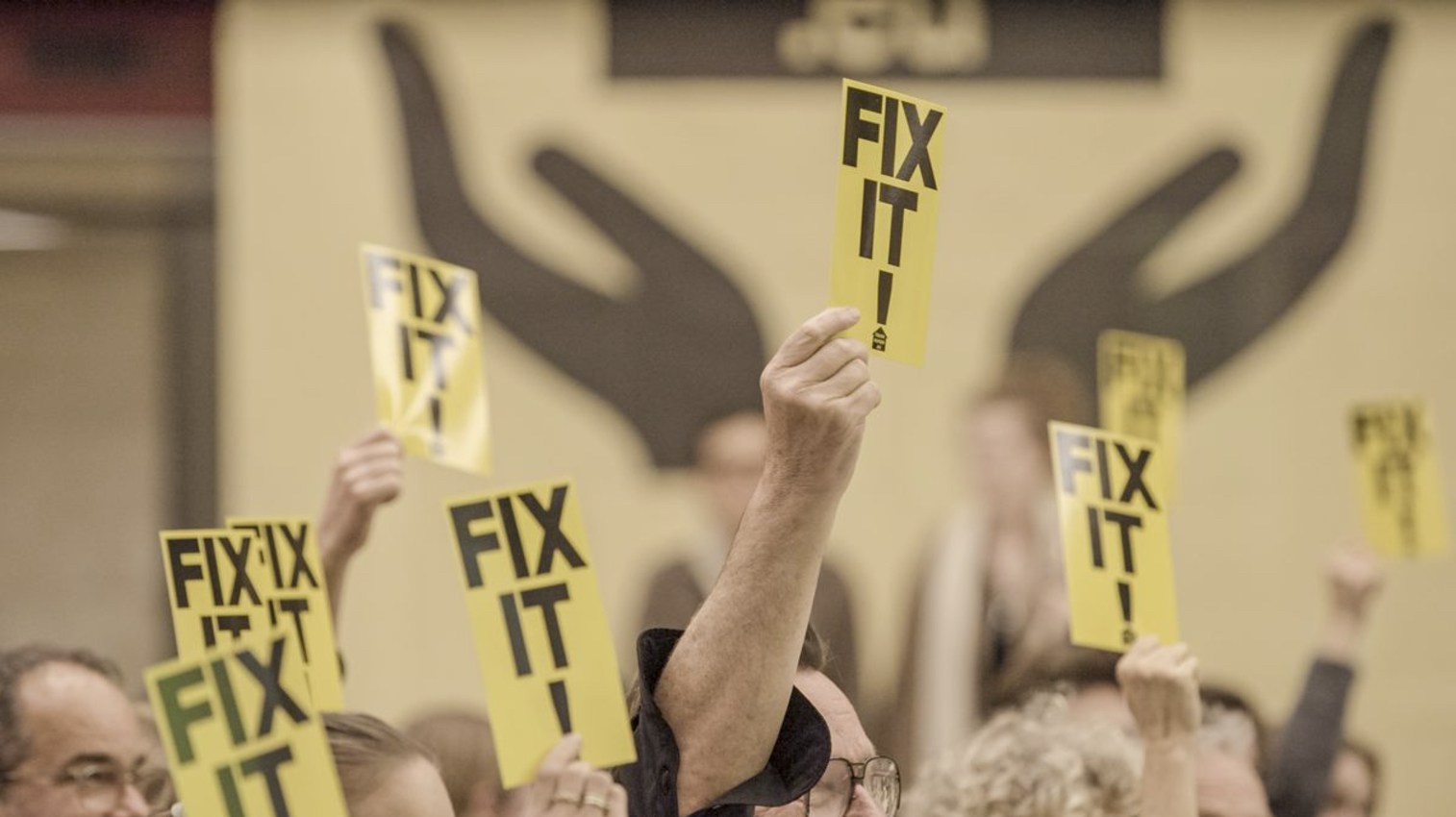 The 2025 Obel Award is scooped not by an architect or building, but by a movement
The 2025 Obel Award is scooped not by an architect or building, but by a movementHouseEurope! has won the 2025 Obel Award; the non-profit organisation has been advocating for ecological and social transformation in the built environment